How to care for an aspidistra – 5 expert tips for this easy leafy houseplant
Also known as cast iron plant, these indoor plants cope well with neglect
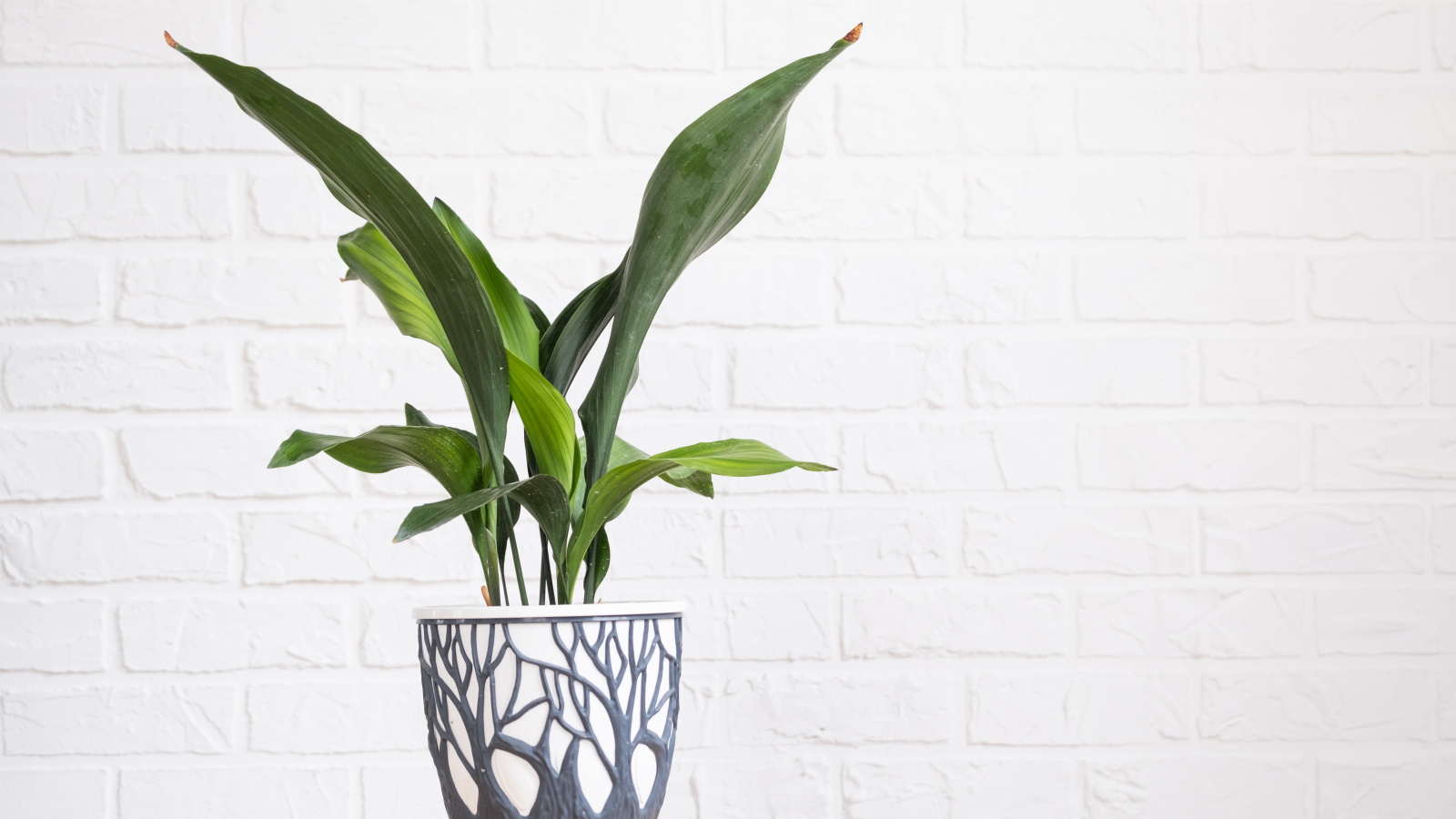

When searching for indoor plants that don't require too much attention, it's likely you will come across aspidistras. They are among the best low maintenance indoor plants because they will happily thrive when ignored.
Also known as cast iron plants, aspidistras are native to Asia where they grow in shade beneath larger trees. There are many varieties of aspidistra offering different sizes, but they are all loved for their leafy foliage that can instantly green up interiors.
Although you can get away with neglecting your aspidistra, it is important to give it some essential care to keep it going. We've asked the experts how the best care for these hardy houseplants.
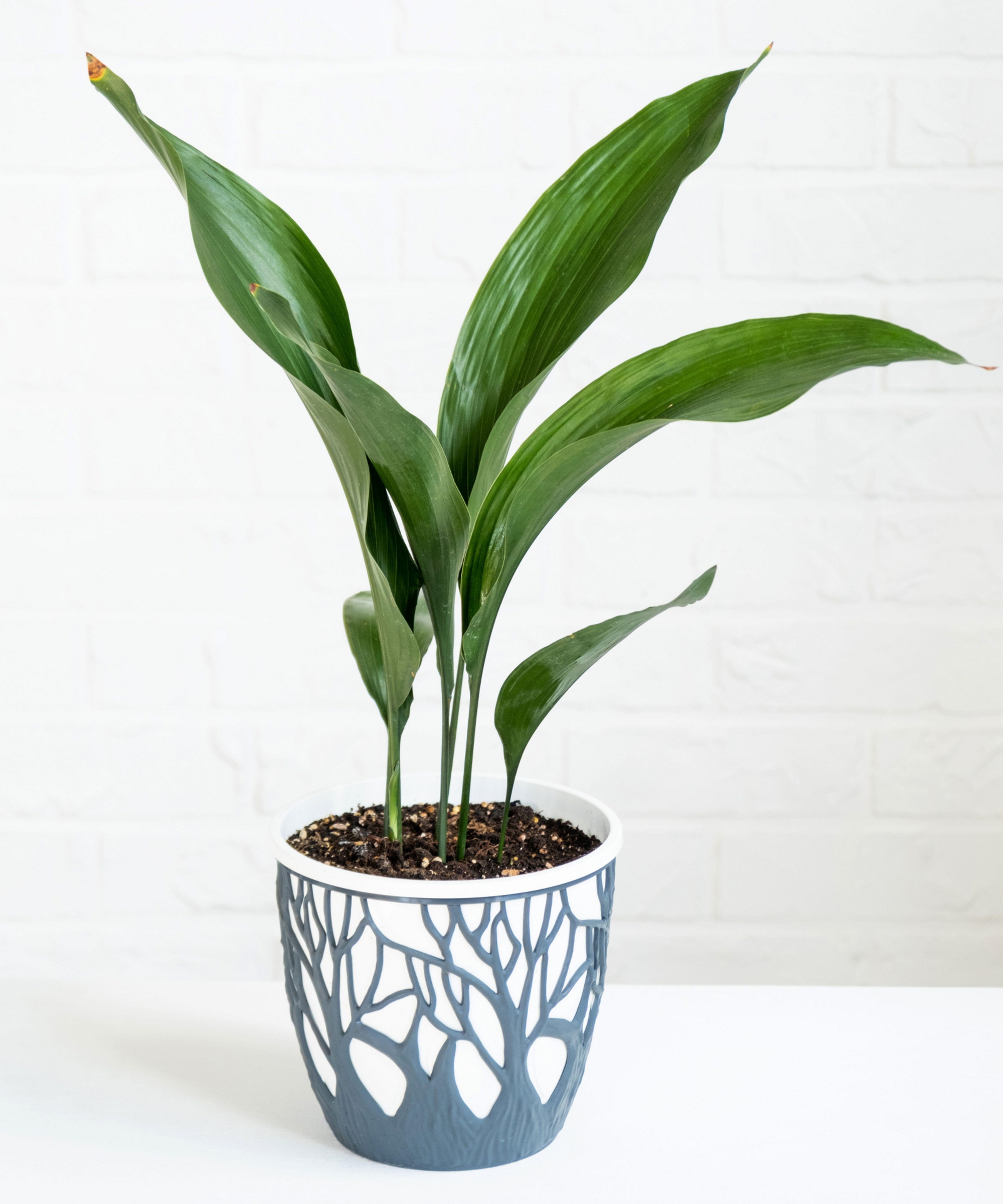
5 expert tips for aspidistras
Perfect for beginners or busy houseplant owners, aspidistras are indoor plants that can cope well with a bit of neglect. We've asked experts what essential care you need to give your aspidistra to keep it happy.
1. They can tolerate low-light positions

In their natural habitat these plants grow in shade and as a result are great indoor low light plants for the darker corners of your home.
'These plants thrive in bright, indirect light and can also tolerate low-light conditions,' says Autumn Hilliard-Knapp, houseplant expert from Perfect Plants Nursery. 'It's recommended to provide them with a minimum of three to four hours of bright, indirect light in the morning for optimal growth,' she adds.
These plants have luscious deep green foliage so it's a good idea to avoid too much exposure to direct sunlight where the foliage could get scorched.

Autumn is a horticulture specialist and marketing professional at Perfect Plants Nursery. With four years of experience in the horticulture industry, she has developed a passion for helping people create beautiful indoor and outdoor spaces to enjoy. Her expertise in horticulture encompasses a broad range of activities, including plant care and selection, landscape design, and maintenance.
2. Let it dry out between watering
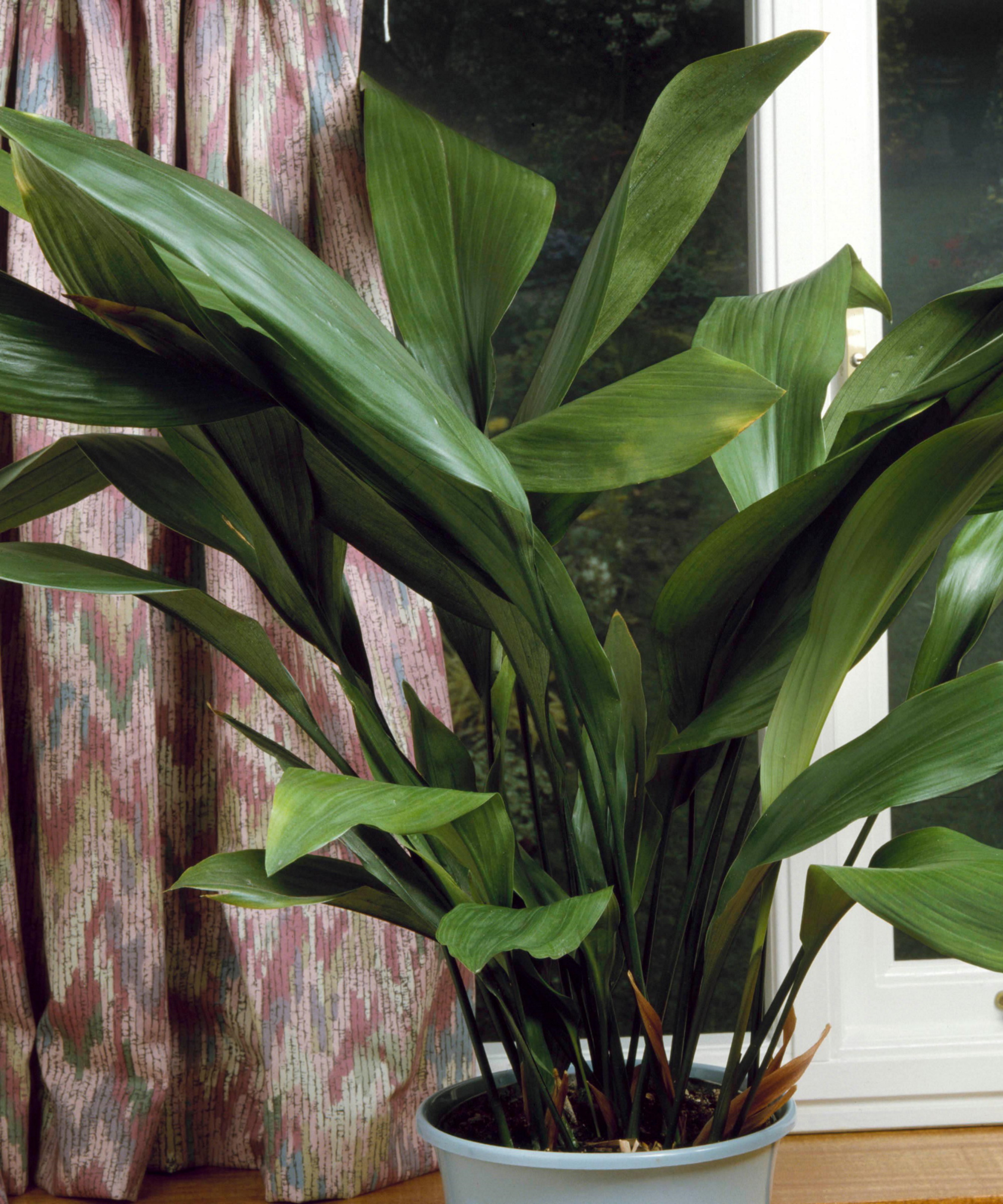
Knowing how to water houseplants correctly can be tricky and incorrect watering is one of the most common indoor plant mistakes houseplant owners make. However, aspidistras are easy indoor plants and don't need their water levels monitoring too closely.
'Cast iron plants are drought-tolerant and don't need to be watered often,' says Vladan Nikolic, houseplant expert and founder of Mr Houseplant. 'You should let the soil dry out fully before watering. Cast iron plants are sensitive to overwatering, so it’s best to always check the soil before watering and make sure it’s completely dry,' he adds.
You can use something like a moisture meter, like this soil moisture meter from Amazon, to check if the soil is dry all the way down your aspidistra's container before watering.
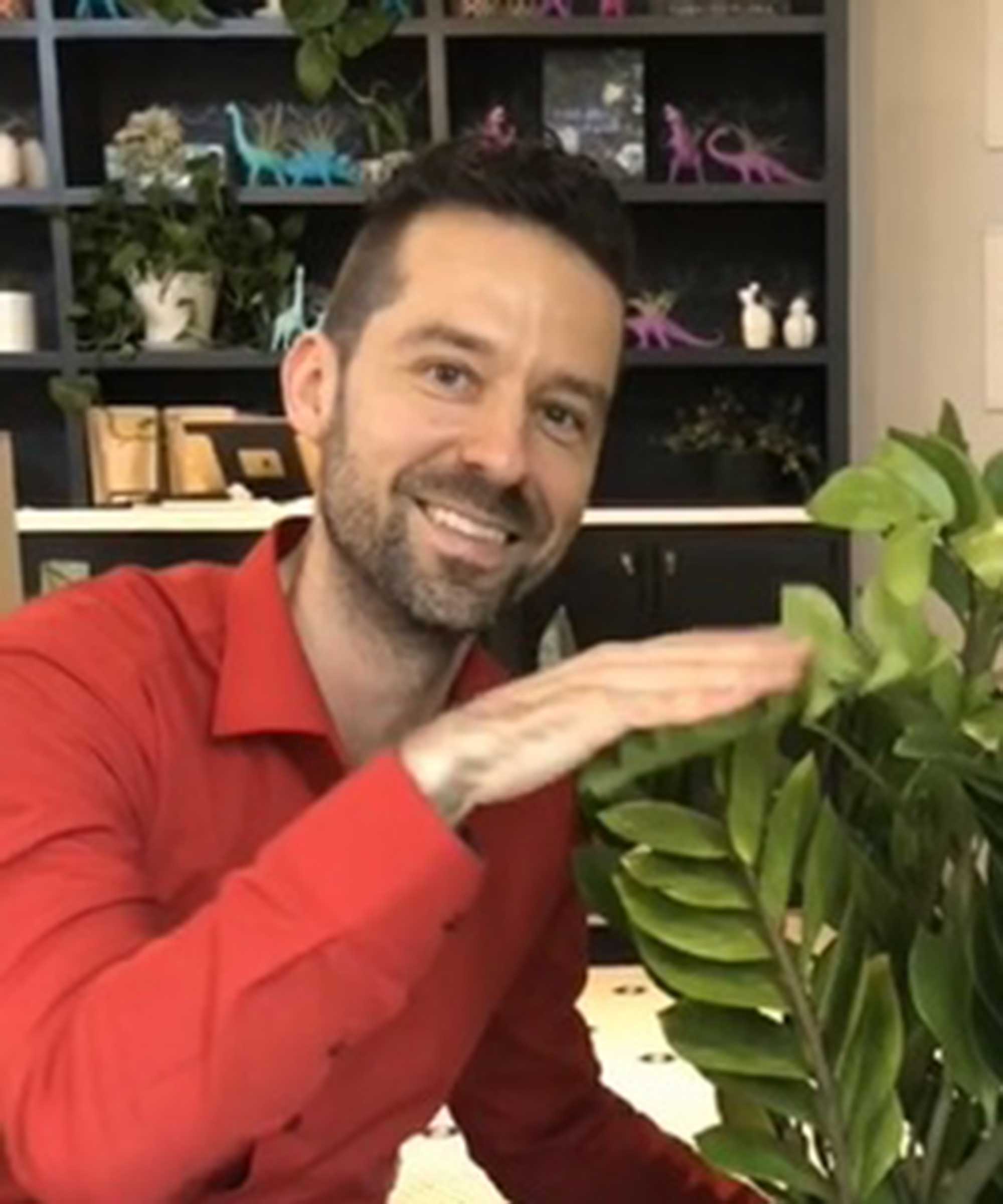
Vladan Nikolic (Mr. Houseplant) is a Houseplant Expert and the Founder of Mr. Houseplant LLC. He has over 10 years of houseplant experience and he is the founder of the indoor plant blog www.mrhouseplant.com, a former plant shop owner, and a social media influencer for houseplants with over 500,000 followers. He helps newcomers into the houseplant world become great plant parents.
3. Avoid cold spots
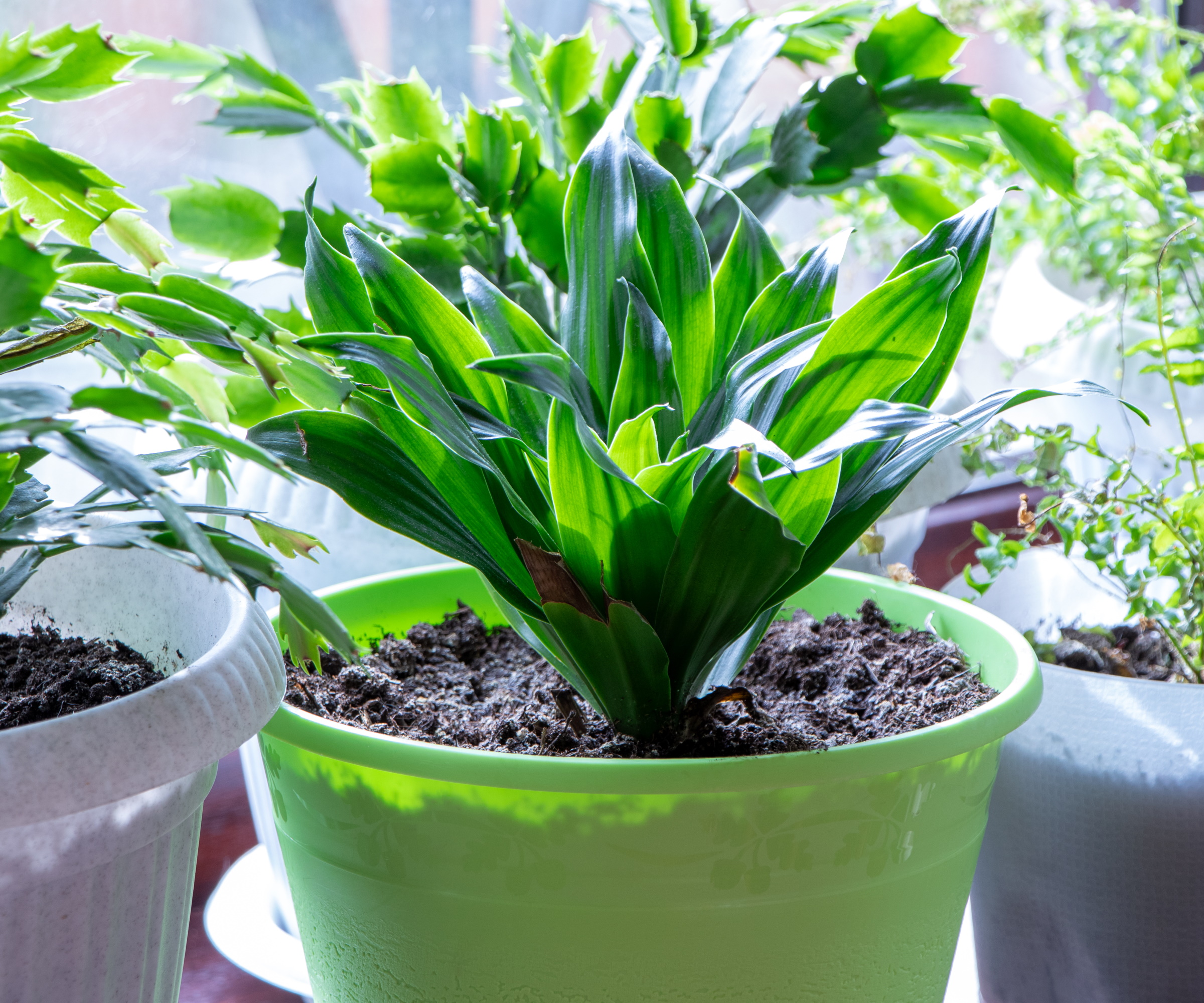
Unlike cold-tolerant houseplants, aspidistras may start to look worse-for-wear in chilly spots of your home.
They're used to more tropical, humid environments so may start to struggle in cooler rooms. It's advised to keep your aspidistra at a room temperature of 65-75°F, ideally.
Although, these plants are tough and can easily tolerate temperatures down to 28°F but you may just not see much new growth in these conditions.
A good way to increase warmth and humidity for houseplants is using a humidifier, like this humidifier from Amazon, or moving them to a greenhouse during colder months.
4. Prune to remove dead tissue

If you aspidistra does start to complain, likely from being too cold or overwatered, it may start to have brown and discolored foliage. It's a good idea to prune away this foliage to restore your cast iron plant to its deep green appearance.
'Aspidistras should be pruned to remove dead or diseased tissue. You should cut off all dead, dry or damaged leaves,' says Vladan. 'You can also prune the plant to control its growth and maintain the desired shape,' he adds.
It's easy to keep on top of houseplant pruning with tools like these artisan pruning shears from Greendigs. Just take care not to make common pruning mistakes that could hinder the growth of your plant.
5. Wipe leaves to remove dust
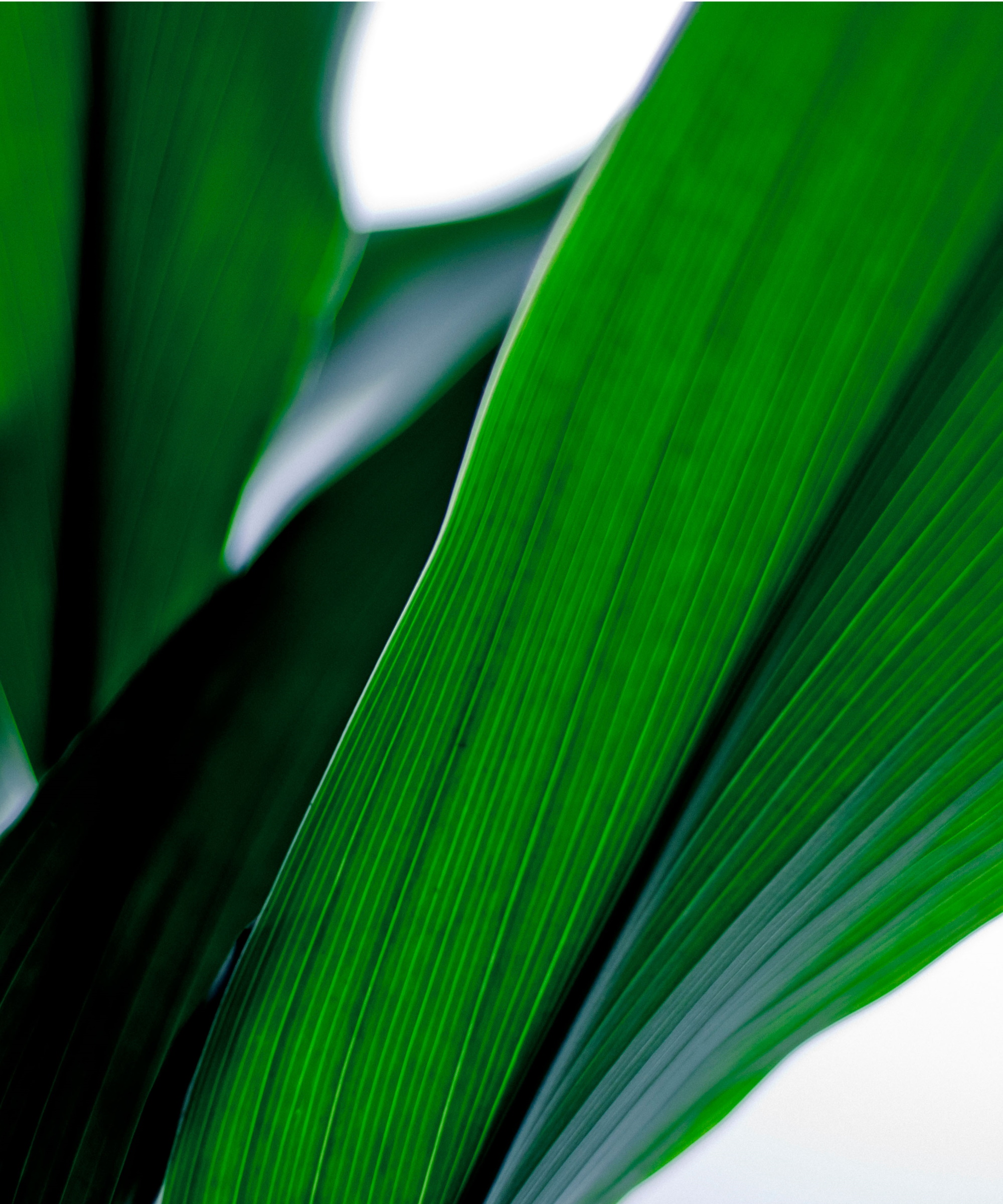
Houseplants reduce dust in homes by capturing it from the air on the surface of their foliage. It's harmless to the health of the plant but may dull its appearance. But don't worry, it's easy to clean houseplant leaves.
'Keeping the leaves of aspidistras clean is simple. You can gently wipe down the leaves with a damp cloth or sponge to remove any dust or dirt,' says Autumn. 'Regularly wiping or rinsing the leaves will help prevent the build-up of dust and keep them looking clean and vibrant,' she adds.
You can also mist your aspidistra's leaves, like with this mister from Amazon, to give it a light rinse.
'Avoid using any chemicals or leaf shine products on the leaves, as they can harm the plant,' warns Autumn.
FAQs
Do aspidistras need repotting?
Aspidistras are one of the most low maintenance indoor plants. They are slow growing and will not need to be repotted often.
'Cast iron plant's roots grow slowly, so it needs to be repotted only once every three to four years when the roots start poking through the drainage holes,' says Vladan Nikolic, houseplant expert and founder of Mr Houseplant.
'It’s best to repot the plant when it’s actively growing and prune away any mushy, diseased, or dead roots in the process,' he adds.
How do you propagate an aspidistra
You can propagate aspidistras through division. It's important to make sure you choose a healthy and mature plant to propagate in this way. Gently remove the plant from its pot and separate the roots and stems into different sections using your hands or pruning shears.
'Each division should have at least a few stems and a portion of the root system. Try to ensure that each division has its own set of roots,' says Autumn Hilliard-Knapp, houseplant expert from Perfect Plants Nursery.
You can then plant up each of the divisions and provide optimal care for them to establish into mature plants.
Why is my aspidistra turning brown?
Although aspidistras are highly tolerant to neglect and don't require too much attention to stay happy, a lack of essential care could turn its foliage brown. The most common cause of this is overwatering, as aspidistras don't enjoy sitting in waterlogged soil. Likewise, they are tropical indoor plants and appreciate higher humidity. Their leaves may start to crisp up if they lack humidity or are exposed to direct sunlight. The best thing to do is prune away any damaged foliage and adjust the growing conditions of your cast iron plant accordingly.
If you're new to houseplants or simply don't have enough time to constantly tend to the needs of indoor plants, an aspidistra might be the ideal plant for you. They're low maintenance and will instantly green up your space with their luscious foliage. There are also many other tall indoor plants to choose from which will likewise add a bold statement to your interiors.
Sign up to the Homes & Gardens newsletter
Design expertise in your inbox – from inspiring decorating ideas and beautiful celebrity homes to practical gardening advice and shopping round-ups.

Tenielle is a Gardens News Writer at Homes & Gardens. She holds a qualification in MA Magazine Journalism and has over six years of journalistic experience. Before coming to Homes & Gardens, Tenielle was in the editorial department at the Royal Horticultural Society and worked on The Garden magazine. As our in-house houseplant expert, Tenielle writes on a range of solutions to houseplant problems, as well as other 'how to' guides, inspiring garden projects, and the latest gardening news. When she isn't writing, Tenielle can be found propagating her ever-growing collection of indoor plants, helping others overcome common houseplant pests and diseases, volunteering at a local gardening club, and attending gardening workshops, like a composting masterclass.
-
 6 things you should never throw in the trash – and what to do for safe disposal instead
6 things you should never throw in the trash – and what to do for safe disposal insteadFrom batteries to space heaters, experts reveal what not to throw
By Andy van Terheyden Published
-
 Worst-smelling plants to avoid – experts reveal 5 pungent species and suggest perfumed options to grow instead
Worst-smelling plants to avoid – experts reveal 5 pungent species and suggest perfumed options to grow insteadThese are some of the worst-smelling plants that can cause quite a stink
By Thomas Rutter Published